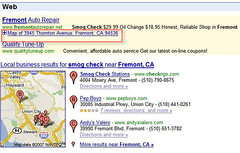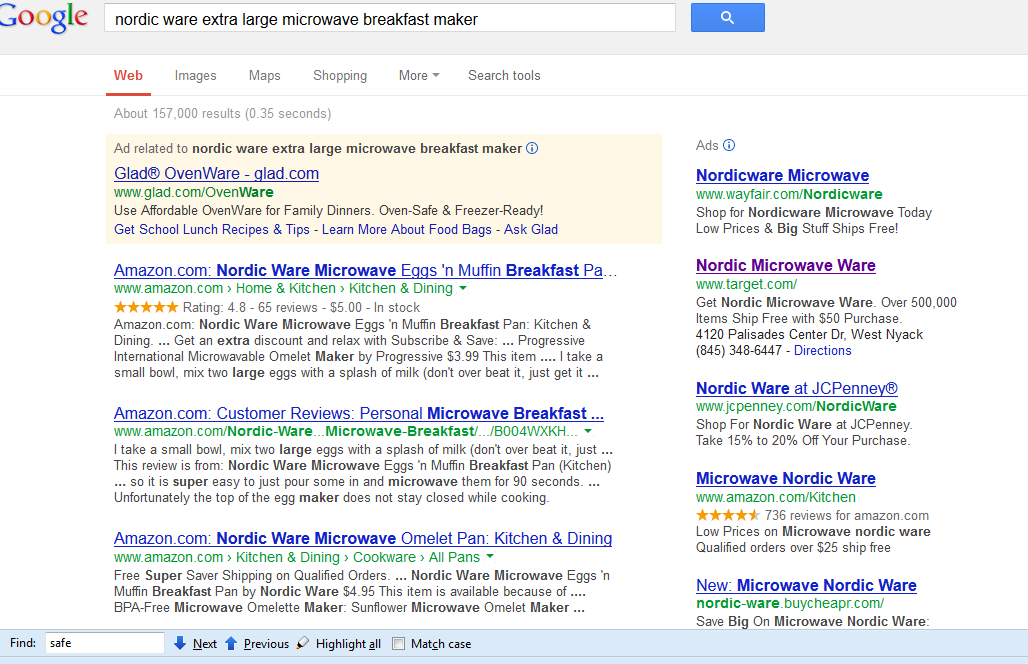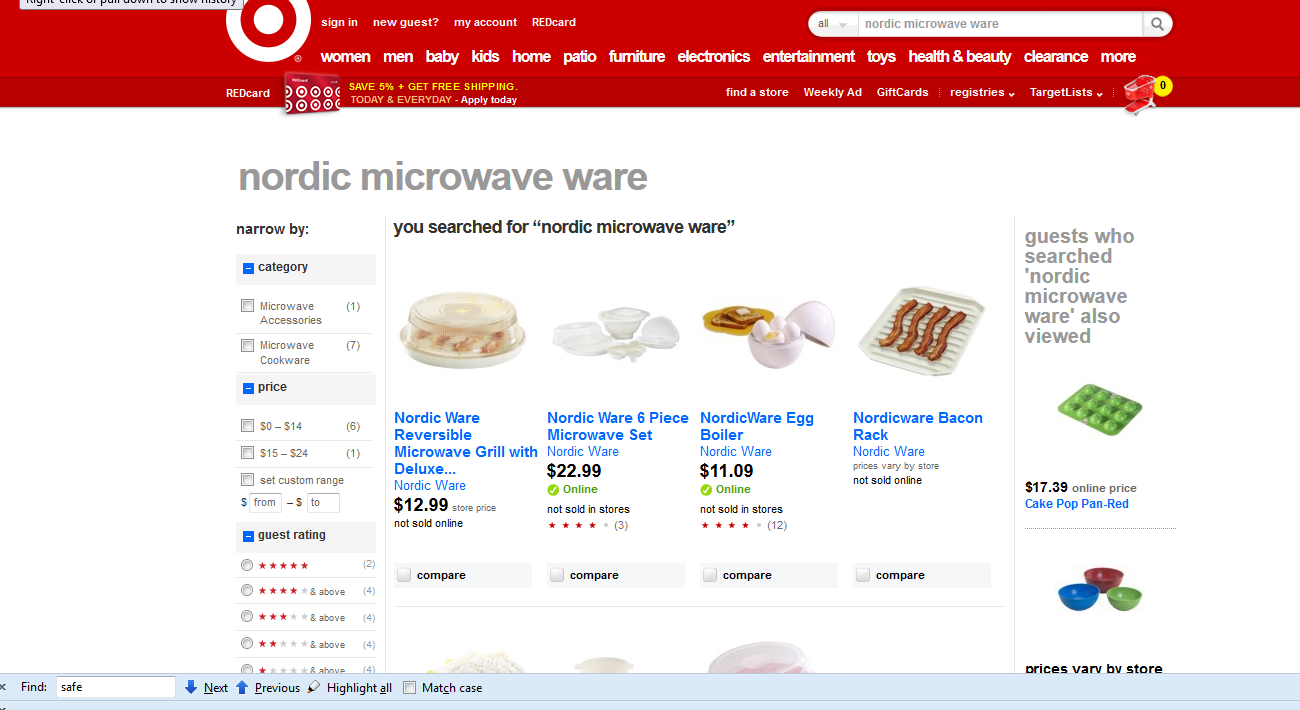Many of you buy paid search ads–they work and you’re smart to use anything that works. But sometimes I see techniques that just don’t make any sense when you break them down. When companies have tens or even hundreds of thousands of keywords, they are always looking to add to the scale while reducing their own work. Every time they can reduce the work they are adding to the profit, so they look for new ways to cut costs every day. Bid management tools are a great way to do that, but companies look for automation, too–sometimes in all the wrong places.

One automation method that I have seen more and more in recent years is the use of website search technology to dynamically show a list of search results when a paid search ad is clicked. Look at this example from the well-respected retailer Target:
And check out the landing page that the PPC ad leads to:
All that Target is doing is picking out a few keywords and issuing a search to its website search engine. It didn’t take all of the keywords entered, however, because of the way that it managed the paid search ads. It doesn’t have a paid search ad for every possible keyword–Target uses broad match and other kinds of techniques so that the same website search results page shows up for a slew of different keywords entered into Google.
The problem with this technique? A search results page is not usually what searches want when they click through on a…wait for it…search results page. In fact, Google knows this–in the last two years they have dramatically cut down on organic search results that show just a new search results page, so why haven’t they done so in paid search?
If searchers don’t like this experience in organic search why would they like it in paid search? Perhaps Target has tested this and knows that it converts well with this technique, but it doesn’t look like a strong approach to me. What do you think?










